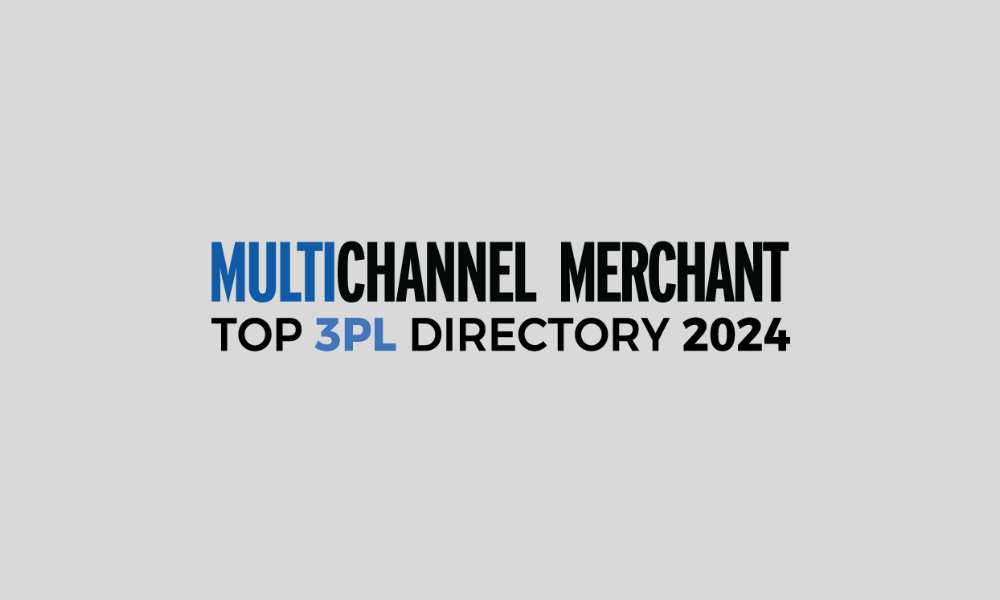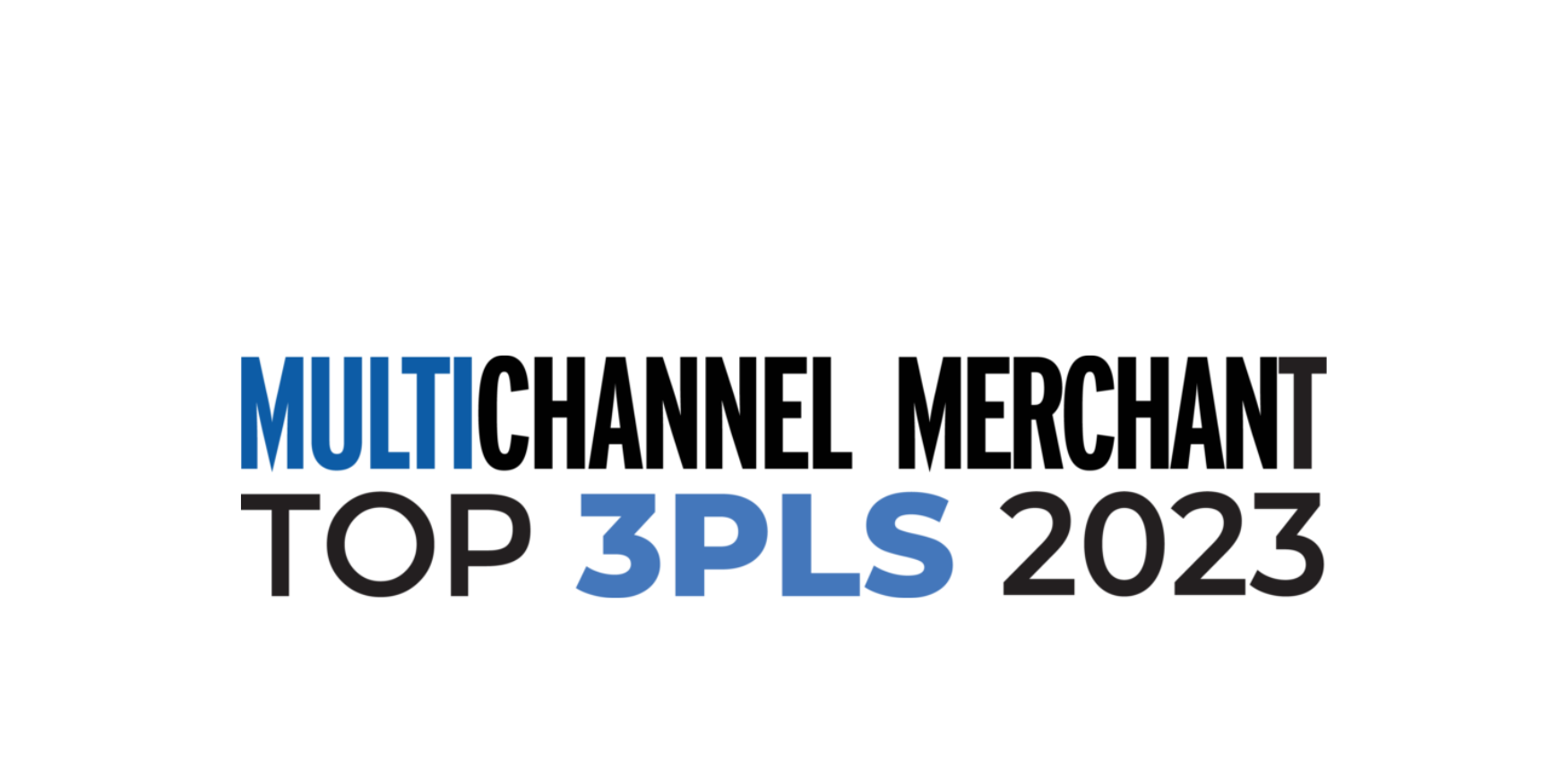
May 2, 2024
As we write this, the NCAA Men’s Basketball Championship Tournament has recently come to an end – and so has our country’s annual obsession with brackets.
Approximately 60 million to 100 million people fill out one of these predictive forms every year. And rarely, if ever, does anyone succeed in constructing a perfect one, because once a tournament bracket is set, it can’t be modified, even if people quickly discover that some teams aren’t as ready for postseason play as others.
Thankfully, the rules are a lot more forgiving when it comes to building 3PL fulfillment brackets.
In fact, businesses are continually reassessing their current provider's compatibility with their present needs and future growth projections. The question then becomes: What criteria should you employ to ensure that your next fulfillment provider is a good long-term fit for your company?
We’ve prepared this brief Q&A with that in mind.
Just as basketball has its championship season, the world of ecommerce experiences its own Peak Season. But how much emphasis should be placed on Peak Season when it comes to deciding whether it’s time to change 3PLs – or to outsource fulfillment instead of performing it in-house?
Peak Season performance is a crucial factor for most companies, representing the period of heightened demand typically experienced during holidays or special events. This time frame holds immense importance because it directly influences how retailers and e-tailers fulfill orders, ultimately determining whether they end the year with a stellar or lackluster customer satisfaction "record."
However, “Regular Season” provides valuable insights and perspectives. After all, if a fulfillment provider or in-house location is struggling to keep up when things are calm, it’s highly likely that said provider or fulfillment location will struggle even more when the next Peak Season rolls around.
Can companies still get an accurate read on how last year’s Peak Season went – and how their fulfillment 3PLs or in-house locations performed-- even though it’s been several months? Or has that ship already sailed?
It’s never too late. While the initial weeks after Peak Season ends are the optimal time to perform a comprehensive evaluation (because that’s when subjective specifics about a fulfillment provider or location’s performance are top-of-mind), there are many objective data points like on-time shipping performance, order accuracy and returned shipments, that are ready to be mined for actionable insights any time of year.
Meanwhile, now is a great time to do a deep dive into Regular Season performance, because unlike Peak, everyone who’s involved with your fulfillment probably has more time to closely examine and weigh in on how well things are going. Don't miss out on this chance to optimize your operations. Keep reading to learn more.
Why is including carriers and key vendors recommended in this process?
If you only interview your internal stakeholders, you’re likely to get a more rose-colored take on how well your company’s fulfillment locations are performing, because your employees often have a vested interest in accentuating the positive.
By contrast, when you survey external parties like your carriers and vendors, you’ll usually get a more honest and unfiltered view, especially if these carriers and vendors find any aspect of dealing with your fulfillment center to be particularly inefficient or frustrating.
Here’s our recommended questions for Carriers
You can’t be reluctant to ask the tough, off-the beaten path questions because that’s the only way you’ll start to find the 3PL fulfillment provider who’s right for your business going forward.
What are some of the signs that such a change might be necessary?
From a square footage or layout perspective, things like significant levels of congestion in your truck yard, floor space that was frequently clogged, or product that’s lingering on your docks too long often suggest that it’s time to consider looking for overflow space or a facility with a larger footprint – or adding a new location to your fulfillment network.
From a service perspective, if a facility’s KPIs have started to decline, bottlenecks have started to increase, or personnel seem to be having an increasingly difficult time keeping your inventory straight, it could be a sign that you’re on the cusp of outgrowing that facility’s or 3PL’s capabilities.
Ultimately, you want any fulfillment center you work with to be an enabler of your expansion and growth, not an impediment to it.
We have often been speaking in terms of companies having a fulfillment center (singular) rather than operating multiple fulfillment centers. Can a single fulfillment center strategy really work in today’s delivery space?
It absolutely can if that center is situated in the right place. For example if you have a fulfillment center that’s located in the Midwest, it’s possible to reach most U.S. consumers within two days without having to charge for premium shipping.
By contrast, a single fulfillment center strategy is less likely to work if your center is located on either coast or in a remote corner of the country, because standard two-day shipping service won’t be possible and some orders will have to cross too many zones to get to your customers.
That’s why some variation of “Is our fulfillment center situated in the right place?” should also be included in your company’s fulfillment center examination – along with, “How many fulfillment centers do we really need?”
Speaking of two-day delivery, is it really that much of a deal-breaker?
Most people would say yes, since that’s the standard we often hear and read about. However it really comes down to your customers and what’s most important to them: speed, economy or a combination of the two.
With that in mind, make sure the voice of your customer also has a place in your fulfillment performance evaluations. You can’t assume that all your customers are happy about how your company delivers just because only a handful of them have complained. Nor can you assume that you really know what they’d really be willing to accept in terms of a standard delivery time (which could impact your fulfillment location decisions) unless you take the time to ask them.
And their answers might surprise you
Before we sign off there are more important suggestions to add, including reminding businesses to:
In a world of constant change, finding the right fulfillment partner is key to staying ahead of the game. Let us help you make the tough calls and lead your business to victory. Ready to take your fulfillment strategy to the next level? Reach out to Verst today to unlock the winning playbook for your business.
Tags:

Walton, KY - Jan 9, 2024 –Verst Logistics secures its position as an MCM Top 3PL for 2024, a prestigious recognition in Multichannel Merchant's 9th annual directory. Multichannel Merchant's...

Walton, KY - Jan 9, 2023 – Verst Logistics has been named a MCM Top 3PL for 2023, joining dozens of other leading third-party logistics providers selected by Multichannel Merchant in its 8th annual...
Resources
Connect